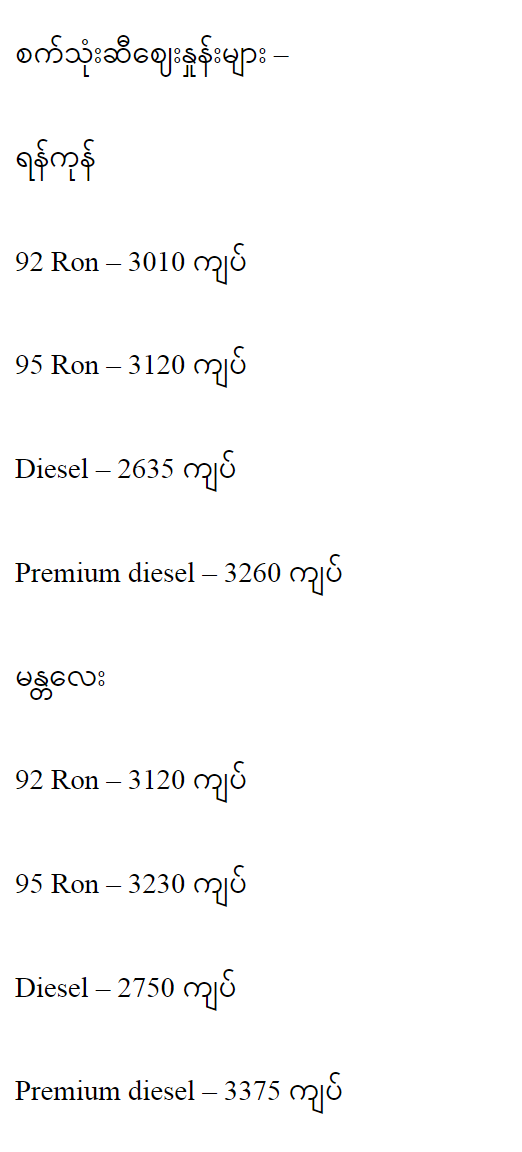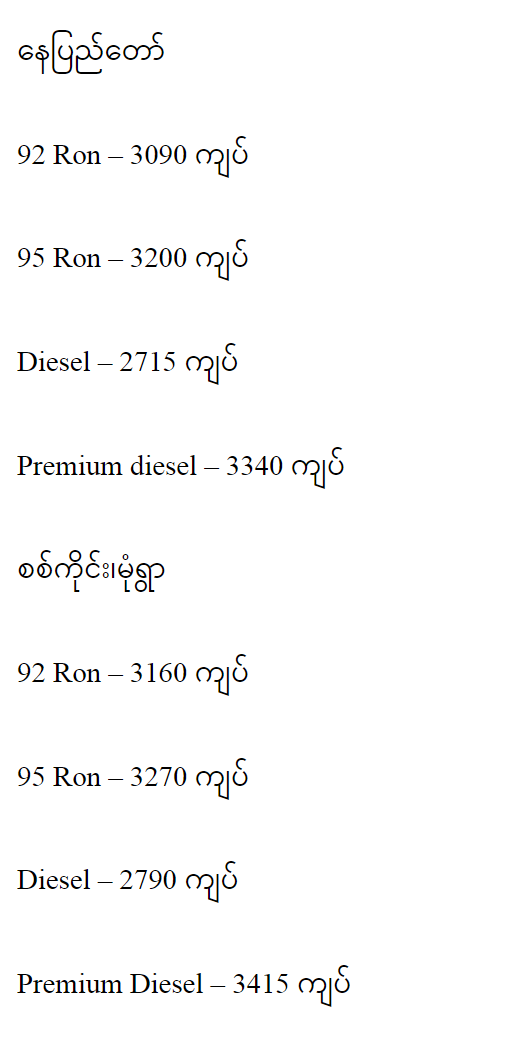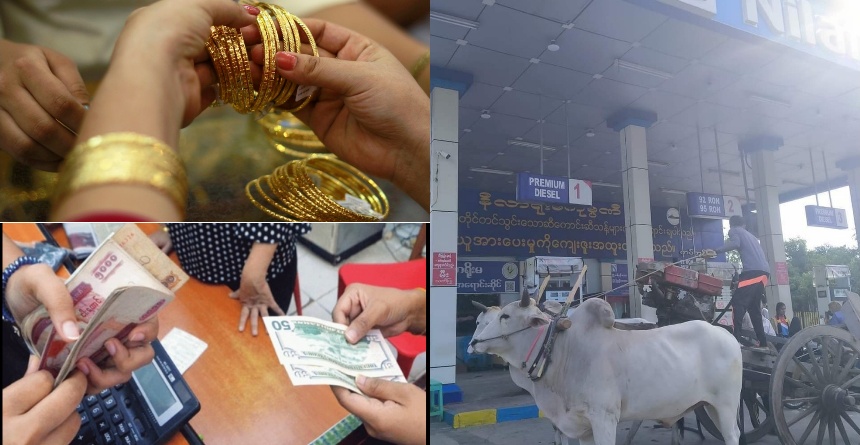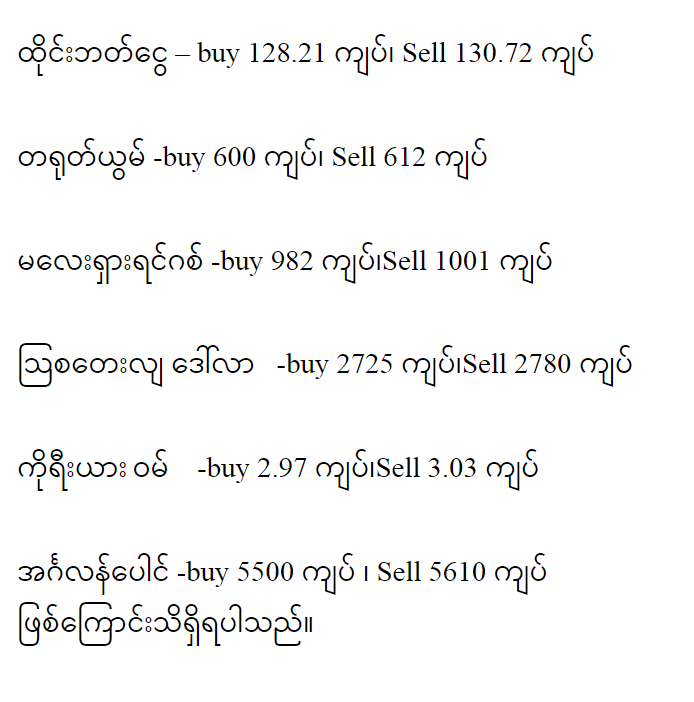





Electric vehicles( EVs) are at the van of invention, revolutionizing the transportation assiduity with sustainability, performance, and slice- edge technology. A critical factor in achieving these pretensions is the use of featherlight accoutrements , which play a vital part in enhancing EV effectiveness and reconsidering design possibilities.
This blog explores how featherlight accoutrements are shaping the future of EVs, perfecting energy effectiveness, performance, and aesthetics while addressing sustainability challenges.
1. Why Lightweight Accoutrements Matter in EVs
Reducing vehicle weight is a primary thing for automakers, especially in EVs, where effectiveness directly correlates with range and performance.
Energy effectiveness Lighter vehicles bear lower energy to move, perfecting battery effectiveness and extending driving range.
Battery Optimization Lower weight reduces the cargo on the battery, enhancing its lifetime and reducing charging frequence.
Performance Boost Lightweight accoutrements ameliorate acceleration, handling, and retardation.
Environmental Benefits Reduced energy consumption leads to lower emigrations during the vehicle’s lifecycle.
2. Innovative snippersnapper Accoutrements Used in EVs
a) Aluminum
Extensively used in EV frames and body panels due to its high strength- to- weight rate.
Benefits Durable, erosion- resistant, and recyclable.
Example Tesla uses aluminum considerably in its Model S and Model 3 to enhance performance and effectiveness.
b) Carbon Fiber Reinforced Polymers( CFRP)
Ultra-light and incredibly strong, CFRP is frequently used in high- performance EVs.
Benefits Exceptional weight reduction without compromising strength or severity.
Challenges High product costs limit wide relinquishment.
c) Magnesium blends
Among the lightest structural essence, used in steering bus, seat frames, and dashboard factors.
Benefits snippersnapper and fluently machinable.
Challenges Susceptible to erosion without proper treatment.
d) High- Strength sword
Provides a balance between weight reduction and affordability.
Benefits Cost-effective and extensively available.
Example numerous EVs incorporate advanced high- strength sword in crash- resistant areas.
e) Thermoplastics and mixes
Used in interior factors, fenders, and bottom panels.
Benefits Lightweight, protean, and easy to fester into complex shapes.
3. Design inventions Enabled by snippersnapper Accoutrements
snippersnapper accoutrements are n’t just about reducing weight; they also unleash new possibilities in EV design
Streamlined Aerodynamics Advanced accoutrements allow for satiny, more aerodynamic designs, reducing drag and perfecting effectiveness.
commodious Innards Weight savings in structural factors can be diverted to produce ample cabins without adding overall mass.
Unique Aesthetics Accoutrements like carbon fiber offer a futuristic look, appealing to design-conscious consumers.
4. Challenges in espousing snippersnapper Accoutrements
a) Cost
Accoutrements like carbon fiber and magnesium blends are precious to produce and process.
The challenge lies in chancing a balance between performance and affordability.
b) Sustainability enterprises
Some featherlight accoutrements , like certain mixes, are delicate to reclaim.
Developingeco-friendly druthers is critical for long- term sustainability.
c) Manufacturing Complexity
Advanced accoutrements frequently bear technical outfit and ways, adding product time and costs.
d) Safety Considerations
snippersnapper accoutrements must meet strict safety norms, especially in crash scripts.
5. Real- World exemplifications of Lightweight Material Use in EVs
BMW i3 The i3’s body is made primarily of carbon fiber, making it one of the lightest EVs on the request.
Tesla Models expansive use of aluminum enhances range without immolating performance.
Lucid Air Combines aluminum and high- strength sword to achieve featherlight design with superior safety.
Polestar 2 Incorporates reclaimed featherlight accoutrements for sustainability.
6. The part of Lightweight Accoutrements in Sustainability
snippersnapper accoutrements contribute to the broader sustainability pretensions of the EV assiduity
Reduced Energy Consumption Lower vehicle weight leads to lower energy use, serving the terrain.
Recyclability Aluminum and certain thermoplastics are completely recyclable, supporting a indirect frugality.
Lower Emigrations Enhanced effectiveness reduces carbon emigrations during both manufacturing and operation.
7. The Future of Lightweight Accoutrements in EVs
As technology evolves, new featherlight accoutrements and manufacturing processes are arising
Nanomaterials Offer exceptional strength and weight reduction at the molecular position.
Bio-Based mixes Made from renewable coffers, these accoutrements balance weight reduction with environmental responsibility.
3D Printing Enables the product of complex featherlight factors with minimum waste.
Collaborations between automakers, material scientists, and experimenters are paving the way for innovative results that will define the coming generation of EVs.
8. Conclusion Driving Toward a Lighter, Greener Future
The relinquishment of featherlight accoutrements in EVs is a game- changer, driving advancements in effectiveness, performance, and sustainability. While challenges remain, ongoing invention ensures that these accoutrements will come more accessible and environmentally friendly over time.
As the EV assiduity evolves, featherlight accoutrements will continue to play a critical part in shaping vehicles that are n’t only better for the terrain but also more pleasurable to drive. In the race toward a sustainable future, lighter truly is better.